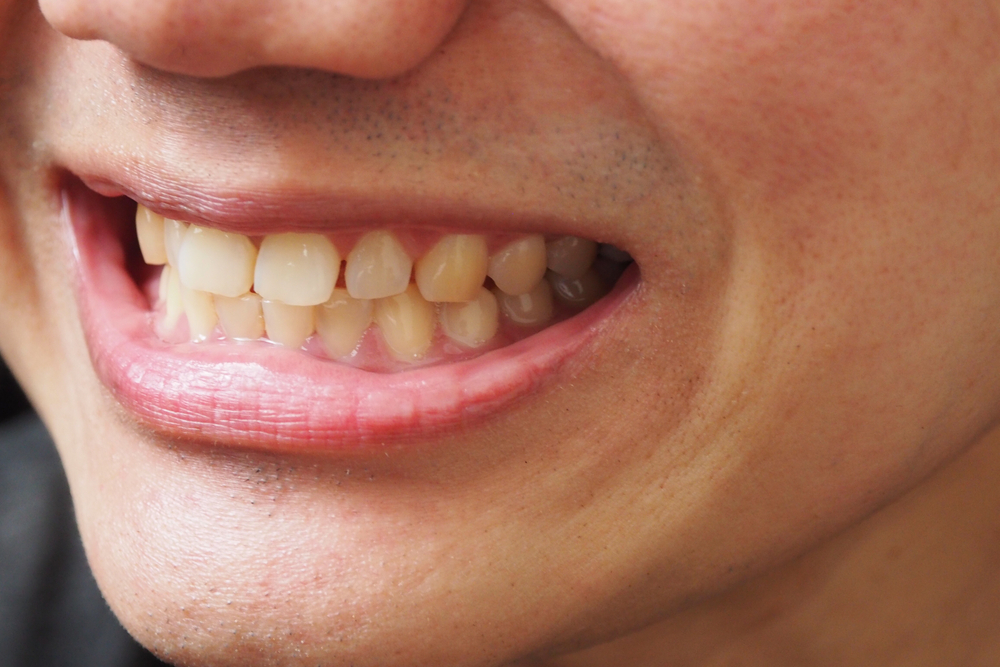Plaque is a film of bacteria that builds up on a person’s teeth especially after consuming certain types of food or drink. It’s important for everyone to know how to remove plaque on teeth as it can prevent a lot of dental problems if dealt with early on.

But how exactly do you remove plaque on teeth, and what steps can you take to prevent plaque buildup?

How to Remove Plaque on Teeth: What You Can Do?
When it comes to dealing with plaque and how to remove plaque on teeth, proper dental hygiene is very important. Here are some of the things that you can do to prevent excessive plaque buildup on your teeth:
Brush often
The best way to remove plaque on your teeth would be through brushing. Ideally, you need to use a brush with a soft bristle and fluoride toothpaste.
The reason for the soft brush is that you don’t want to brush your teeth too hard because it can wear away the enamel and it can also damage your gums. Fluoride is important when it comes to keeping your teeth strong.
You should also replace your toothbrush every 3-4 months because the worn-out bristles can be hard on your gums.
It’s also important to know how to brush your teeth properly. Here are some reminders:
- Brush gently along the gum line; there’s no need to brush harshly or too quickly.
- Use circular motions when brushing your teeth, and try to brush in short strokes. This helps dislodge any food particles, as well as ensures that your teeth are cleaned thoroughly.
- Brush your tongue gently, or use a tongue scraper to clean your tongue.
- Do this process for 2 minutes, making sure to brush every tooth thoroughly from each side.
- After brushing, spit but don’t rinse. This helps ensure that the fluoride in the toothpaste remains on your teeth.
Ideally, you need to brush after every meal in order to keep your teeth clean and healthy. However, if this is not possible, it would be a good idea to swish or gargle water after eating.
Floss your teeth
Flossing is also one way to remove plaque on teeth. Brushing is not always enough, because a toothbrush can’t reach in between your teeth. By using dental floss, you can get rid of any plaque buildup in between your teeth.
It’s also important to know the right way of flossing your teeth. This makes sure that your teeth are clean, and you’re not missing any parts of your teeth.
Here are the steps you need to remember:
How to remove plaque on teeth?
- Take a good length of floss, and wrap the ends around your middle fingers.
- Pinch the floss in between your thumb and forefinger, and leave about a space of 2 inches.
- Floss in between your teeth, making sure to scrape the sides of your teeth thoroughly.
- Don’t move the floss to your gums, as it can hurt your gums and cause bleeding.
If you’re finding it difficult to floss, you can also use an interdental brush, or floss picks. These also serve the same purpose and might be more convenient for people who have difficulty with regular floss.
Flossing should be done right after brushing your teeth. Both brushing and flossing go hand in hand, so make sure to do both of them every day.


















